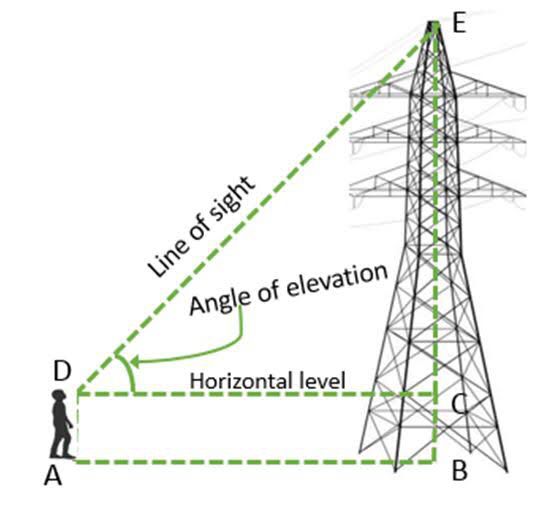
I still remember the first time I opened my maths book to start trigonometry in ninth grade. I remember how I was filled with fascination at finally reading something in a textbook that had real-life applications in almost every field. Trigonometry emerged thousands of years ago by astronomers and was originally derived from geometry as it majorly revolves around triangles. If we know at least one angle and one side of a triangle, we can find the height of virtually any tower, building, structure, mountain or natural feature. Mathematicians, physicists and engineers use trigonometry on a daily basis. Calculus is a part of mathematics which mainly deals with trigonometry, geometry and algebra and in turn has many applications in very diverse fields like business, medicine, engineering, architecture and so much more. An unexpected application of trigonometry is in music and it is extensively used by sound engineers to develop computer music. Trigonometry is even used in criminology to calculate a projectile’s trajectory, estimate what might have caused a collision in a car accident, to find out how an object fell down from somewhere, in which angle a bullet was shot, etc. Trigonometry is used to find the distance between celestial bodies, by marine biologists to measure and understand sea animals and their behaviour and to determine the size of wild animals from a distance. Trigonometric applications also include measuring ground surfaces, roof inclination and slopes, installing ceramic tiles and stones, light angles and sun shading. Oof, now that was a really long list, and it barely even includes every application! So, the next time you open your maths book, try to understand trigonometry rather than learn it, because nine times out of ten, you’re going to use it in your future profession!
Author – Ananya Vijyan









